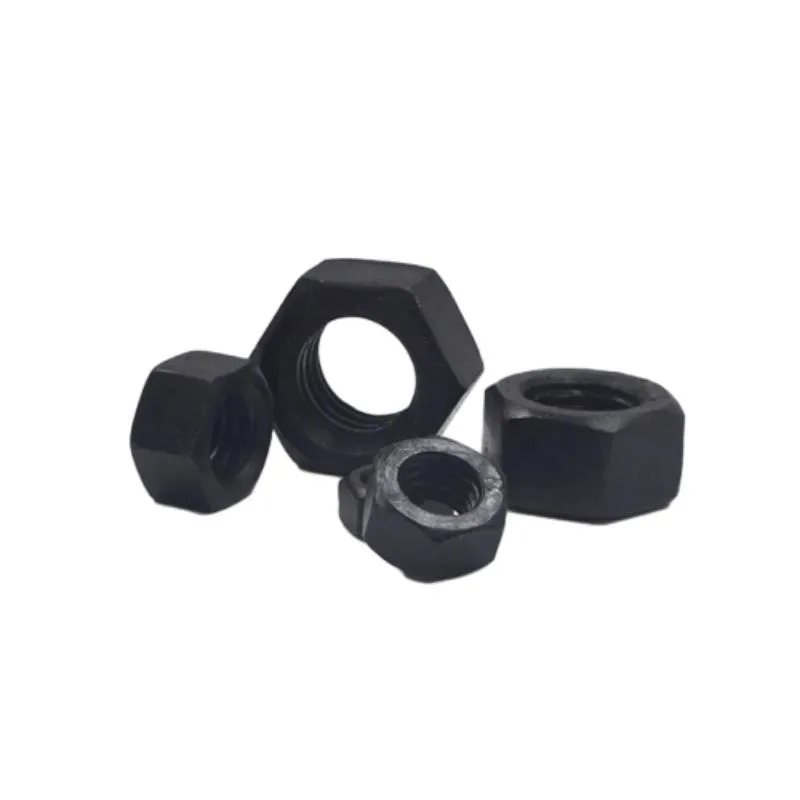Oct . 18, 2024 14:06 Back to list
Exploring the Strength and Stability of Rock Anchors in Construction Projects
The Versatility of Rock Anchors in Modern Engineering
Rock anchors have emerged as a cornerstone technology in the fields of civil engineering and geotechnical applications. These essential tools provide stability and support to various structures, playing a critical role in ensuring safety and functionality. With the increasing complexity of engineering projects, the demand for reliable anchoring solutions has grown, making rock anchors indispensable in modern construction.
At their core, rock anchors are devices used to enhance the stability of structures by transferring loads into the rock or soil strata. They are typically implemented in projects such as retaining walls, bridges, tunnels, and slope stabilization efforts. The primary goal of rock anchors is to resist tensile and shear forces, ensuring that the anchored structures remain secure and prevent movement or collapse.
One of the most common types of rock anchors is the post-tensioned anchor. This type involves the use of high-strength steel tendons that are threaded through a borehole and then tensioned to provide significant holding power. The process begins with drilling a hole into the rock, followed by the insertion of the tendon. After the tendon is positioned, it is tensioned and secured, allowing the anchor to effectively support the load applied to it. This method is particularly valuable in scenarios where space is limited, as it can optimize the design and minimize excavation.
Another popular type of rock anchor is the grouted anchor. This approach involves inserting a steel bar or tendon into a drilled hole, which is then filled with a cementitious grout. The hydration and curing of the grout create a bond between the anchor and the surrounding rock, distributing the load effectively. Grouted anchors are especially beneficial in soft or fractured rock formations, where mechanical anchorage might be insufficient. They also provide excellent corrosion protection, enhancing the lifespan of the anchor.
rock anchors

The applications of rock anchors are diversified, ranging from high-rise buildings to temporary support systems during excavation
. In urban development, for instance, rock anchors are frequently utilized in the construction of basements or underground parking structures, where they provide crucial lateral support. They can also be employed in landslide mitigation projects, helping to stabilize slopes and prevent catastrophic failures in vulnerable areas.Moreover, rock anchors play a significant role in hydropower projects, where they are used to secure the foundations of dams and other critical infrastructure. By ensuring that these structures remain stable, rock anchors contribute to the generation of renewable energy and help safeguard communities against flooding.
Despite their many advantages, the implementation of rock anchors requires careful planning and engineering. Factors such as soil composition, rock quality, and environmental conditions must be thoroughly analyzed to ensure the effectiveness of the anchors. The design process involves geotechnical investigations, load testing, and adherence to safety standards to prevent potential failures.
In recent years, advancements in technology have enhanced the efficiency and effectiveness of rock anchors. Innovations in materials, such as fiber-reinforced polymers, have introduced lighter, more durable alternatives to traditional steel tendons. Additionally, the integration of monitoring systems allows engineers to track the performance of rock anchors in real-time, providing valuable data for maintenance and safety assessments.
In conclusion, rock anchors are a vital component of modern engineering that enhances stability and safety across various construction projects. Their versatility makes them suitable for a wide array of applications, from towering skyscrapers to critical infrastructure in challenging environments. As engineering practices continue to evolve, rock anchors will undoubtedly remain integral to sustainable and resilient construction solutions, ensuring that our built environment can withstand the test of time and nature.


